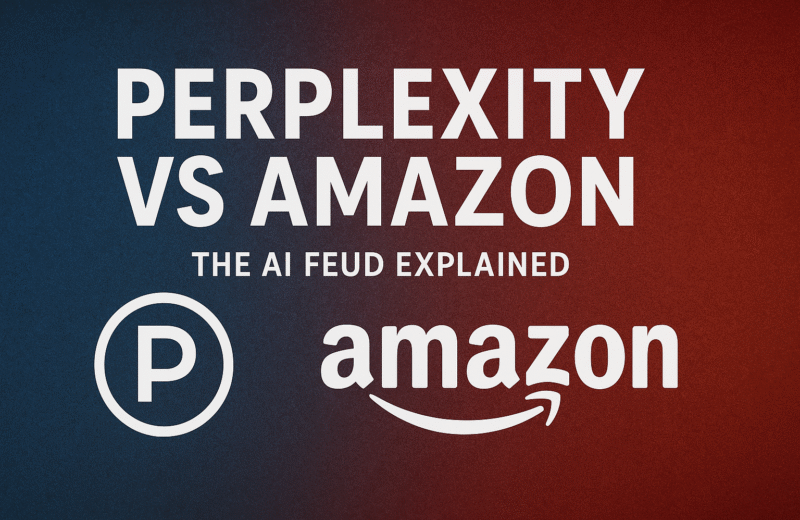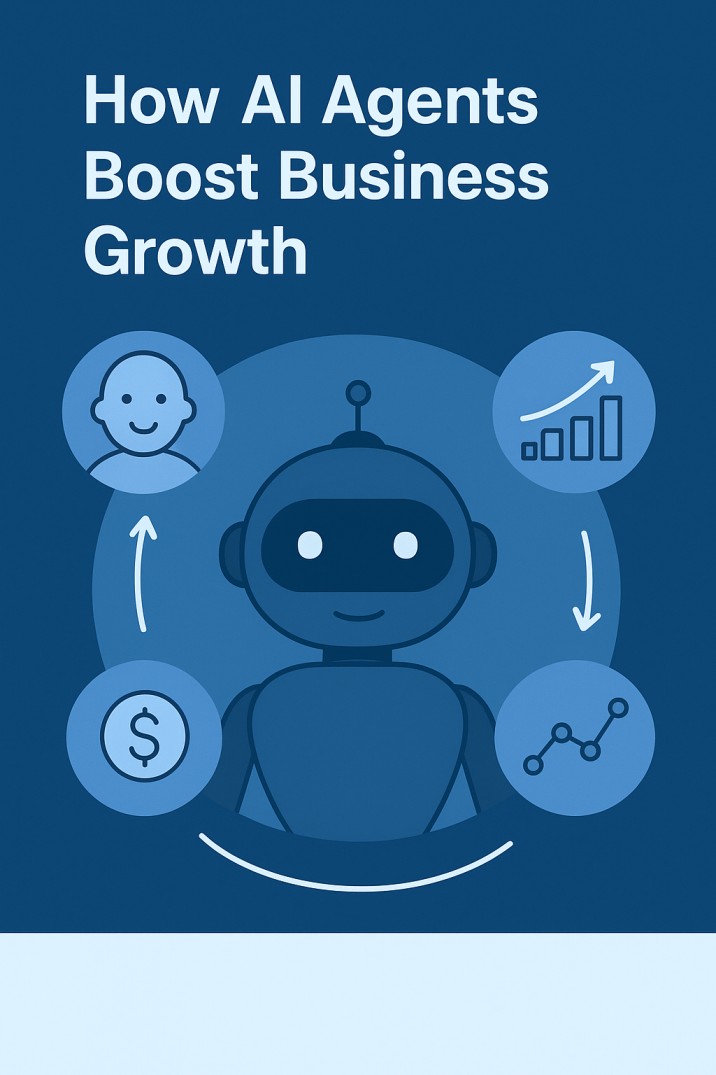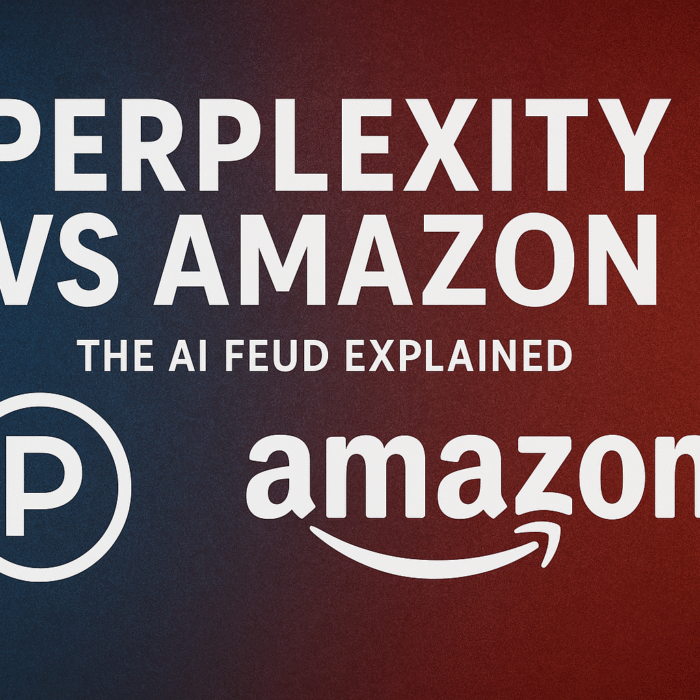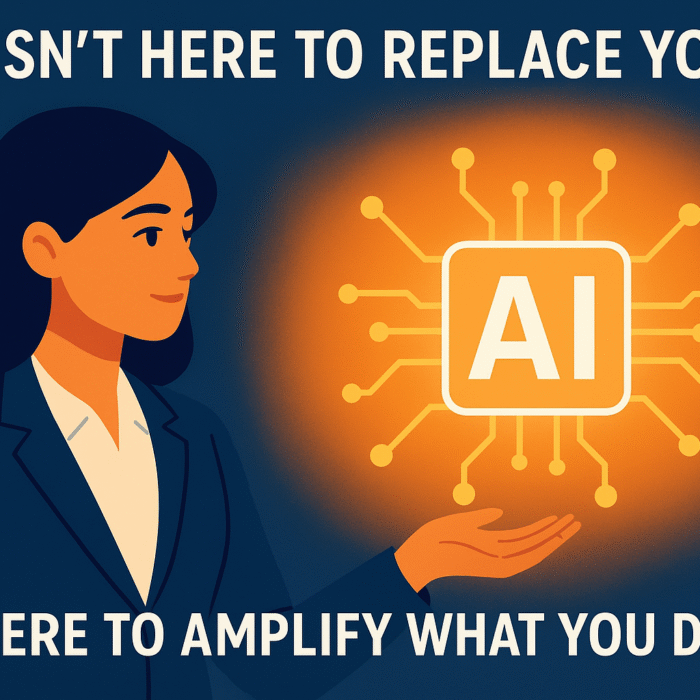Introduction: From Chatbot to Marketplace
In many of the Instagram Reels, tweets, and tech discussions lately, there’s a recurring narrative: “ChatGPT is not just a chatbot, it’s becoming a marketplace.” Though at first glance it seems hyperbolic, the claim has substance. The concept is that ChatGPT (and analogous AI agents) can evolve into AI marketplaces, platforms where skills, services, prompts, plugins, data, or micro-tasks are exchanged, transacted, and traded among creators and users.
In this post, we’ll explore:
- What it means for ChatGPT (or similar LLM agents) to operate as a marketplace
- The advantages and structural challenges
- Key features of a successful AI marketplace
- Use cases and illustrative scenarios
- Strategic imperatives and future directions
By the end, you’ll understand how this shift aligns with our mission: unlocking value through agentic AI, and how you can position your offerings in this emerging ecosystem.
What Does “ChatGPT as a Marketplace” Mean?
At its core, an AI marketplace is a platform where AI agents, components, tools, or micro-services are listed, discovered, purchased, integrated, and used by end users or other agents. Think of it like an app store, but for AI “things”, prompt templates, mini-agents, data connectors, evaluation modules, automation scripts, domain expertise modules, etc.
When someone says “ChatGPT as a marketplace,” the idea is:
- Users or businesses access ChatGPT and can install, buy, or plug in additional modules (e.g. a finance forecasting agent, medical summarization plugin, legal contract drafter module).
- Creators or developers build these modules, list them, and monetize them (via one-time fee, subscription, revenue share).
- The base ChatGPT interface, underlying model, or platform serves as the hosting, access, and orchestration layer.
Hence, ChatGPT becomes more than a generalist assistant, it’s a portal to a networked ecosystem of specialized AI modules. This transforms the relationship: from “I ask ChatGPT a question” to “I browse and assemble AI components in a workflow.”
Why Shift to a Marketplace Model?
1. Scalability of Innovation
In a centralized model, OpenAI or any AI provider must build (in-house) every module, domain, or vertical capability. That’s slow and resource intensive. A marketplace opens the door for an external ecosystem of creators to innovate, extend, and specialize — accelerating feature expansion.
2. Customization & Modularity
Not all users have the same needs. Some want medical advice, others legal drafting, others data analytics, etc. Allowing modular plug-ins ensures users can tailor ChatGPT to their domain, rather than a monolithic “jack of all trades.”
3. Monetization & Incentives
A marketplace provides a revenue channel for creators. Developers, data owners, domain experts can monetize modules. That aligns incentives: creators build useful modules, users get choice, platform benefits from transaction fees.
4. Network Effects
As more modules get published, the platform becomes more valuable. Users attract creators; creators attract users. Over time, the ecosystem becomes self-sustaining, a virtuous cycle typical of marketplaces.
5. Discoverability & Governance
Instead of users hunting disparate websites, everything lives inside the ChatGPT (or platform) interface. Marketplace structures (ratings, reviews, curation) help manage quality, trust, and discovery.
Challenges & Considerations
No shift is without friction. An AI marketplace faces unique challenges:
- Safety & Quality Control
A module may generate harmful or misleading outputs; content moderation, vetting, and auditing become essential. - Intellectual Property & Licensing
Who owns the output? The module? The underlying data? Ensuring licensing models that protect creators while offering user rights is critical. - Interoperability & APIs
Modules must seamlessly integrate with the base model and possibly with each other. Defining standards, APIs, and sandboxes is nontrivial. - Revenue Sharing & Incentive Alignment
What cut does the platform take? How to motivate developers, while keeping pricing fair to users. - Discoverability & Curation
With many modules, “getting lost in the library” is a risk. Strong meta-data, categorization, search, and recommendation systems are needed. - Pricing & Monetization Models
Subscription, usage-based, freemium, one-time purchase, each has tradeoffs. - Trust & Security
Users must trust that modules won’t leak data, engage in malicious behavior, or produce biased outputs. Open audits, permissioning, and sandboxing matter.
Despite these challenges, many indicators suggest we’re heading in this direction. Let’s examine what a mature AI marketplace would look like.
Anatomy of a Successful AI Marketplace
Here’s a blueprint of features and architecture that a ChatGPT-style marketplace must incorporate:
| Feature | Why It Matters | Design Considerations |
| Module Catalog & Directory | Users must browse and discover modules | Rich metadata, categories, search filters, tagging |
| Ratings, Reviews & Curation | Quality assurance, trust mechanism | Verified reviews, usage metrics, editorial picks |
| Sandbox / Testing Environment | Users want to test before purchase | Trial mode, sandbox API calls, sample inputs |
| Versioning and Updates | Modules evolve over time | Version control, backward compatibility, changelog |
| Usage Metrics & Analytics | For creators to understand adoption | Dashboards for installs, calls, revenue, errors |
| Revenue & Licensing Model | Monetization for creators and platform | Revenue splits, subscription tiers, usage quotas |
| Security & Permission Controls | Protect user data & system integrity | Permissions, data isolation, encryption, auditing |
| Dependency & Workflow Composition | Modules may call each other | Support chaining, pipelines, orchestration |
| Support & Documentation | Lowers friction for adopters | Tutorials, demos, API docs, example use cases |
| Marketplace Governance | To enforce quality & platform rules | Review teams, compliance checks, module audits |
With these building blocks, the marketplace can scale while preserving quality, usability, and sustainability.
Use Cases & Illustrative Scenarios
To make the idea concrete, here are some hypothetical scenarios where ChatGPT as an AI marketplace shines:
Use Case 1: Legal Module Plugin
- A user needs a contract review and redlining assistant. Instead of relying on a generic ChatGPT prompt, they find and install a “Legal Contract Assistant” module, built by lawyers.
- The module handles domain context (jurisdiction, standard clauses), integrates into the user’s workflow, and returns a structured redlined document.
- The user pays a subscription or usage fee; the developer earns, and the platform takes a cut.
Use Case 2: Data Analytics Pipeline
- A business user wants to upload sales data and run predictive forecasting.
- They search the marketplace and install a “Sales Forecast Agent.”
- The module hooks into file upload, runs a trained prediction model, and returns charts and recommendations.
- They can chain this with a “Visual Dashboard Agent” module from another developer.
Use Case 3: Translation + Sentiment Module
- A marketing team wants to ingest customer feedback in multiple languages and get sentiment summaries.
- They stack a “Multilingual Translator” module with a “Sentiment Analyzer” module.
- ChatGPT orchestrates the pipeline: translate → analyze → summarize.
Use Case 4: Creative Prompt Modules
- Artists or copywriters can purchase curated prompt packs (e.g. “Sci-Fi Story Starter,” “Ad Copy Template Agent”) which can be invoked easily in the ChatGPT interface.
- They may adjust parameters, integrate with image-generation modules, or chain prompts.
These scenarios show the modular power, flexibility, and composability possible in a mature AI marketplace.
Strategic Imperatives for BigAIAgent & Community
If BigAIAgent.tech wants to position itself or produce thought leadership content in this domain, here are strategic levers to emphasize:
- Thought Leadership & Vision
Publish articles, prototypes, and case studies exploring AI marketplaces and agent ecosystems. Educate potential users about the shift. - Standards & Frameworks
Create or promote open standards and interface layers for modules — so creators can write modules that run across platforms. - Community Building
Attract developers, domain experts, and data scientists to build modules. Host hackathons, grants, incubators. - Quality & Trust Infrastructure
Offer module audits, certification, or “verified” badges to surface reliable modules. - Revenue & Incentive Models
Define transparent revenue share and licensing strategies. Consider profit sharing, reduced fees for early builders, or co-investment. - Interoperability Bridges
Connect with external APIs, data sources, SaaS systems. Modules should talk to CRMs, databases, cloud services, etc. - User Onboarding & Discovery
Build intuitive module browsing, recommendations, trial flows, and modular onboarding to reduce friction. - Continuous R&D & Experimentation
Prototype and test features such as module marketplaces, chaining, hybrid retrieval, and adaptive models.
Future Trends & Predictions
Here are some trends we can foresee as AI marketplaces mature:
- Composable Agent Pipelines
Users will frequently chain several modules into workflows (e.g. “summarize → translate → propose edits”). - Module Bundles & Suites
Developers will offer bundles (e.g. legal suite, content creation suite) to encourage up-sells. - Marketplace Aggregators & Meta-Marketplaces
Just as Google Play and Apple App Store are platforms, we may see aggregators of AI marketplaces that index multiple underlying platforms. - Auto-Recommendation of Modules
The core ChatGPT system may suggest modules based on your prompt query context (e.g. “You seem to ask often about legal drafting, consider installing the Legal Assistant plugin”). - AI Module Rating Systems & Reputation
Continuous feedback loops, usage metrics, and automatic performance scoring will help promote better modules and demote weaker ones. - Regulatory & Ethical Oversight
Governments and standards bodies may require transparency of module logic, auditability, and safety guarantees, especially in sensitive domains (health, legal, finance). - White-Label & Enterprise Marketplaces
Enterprises may operate private AI marketplaces (within their firewall) for internal modules and tools.
The Marketplace Era of AI
The shift from ChatGPT as a singular generalist assistant toward ChatGPT as a marketplace is more than hype; it’s the natural evolution of modular AI, open innovation, and networked ecosystems. If done right, it unlocks powerful leverages, letting creators monetize their domain expertise, users compose customized AI stacks, and platforms host thriving ecosystems.
For us, this is a strategic frontier. You can lead by shaping frameworks, publishing prototypes, rallying a creator community, and articulating the vision. The next few years will see the rise of interoperable AI marketplaces, modular agents, and cross-platform orchestration.























